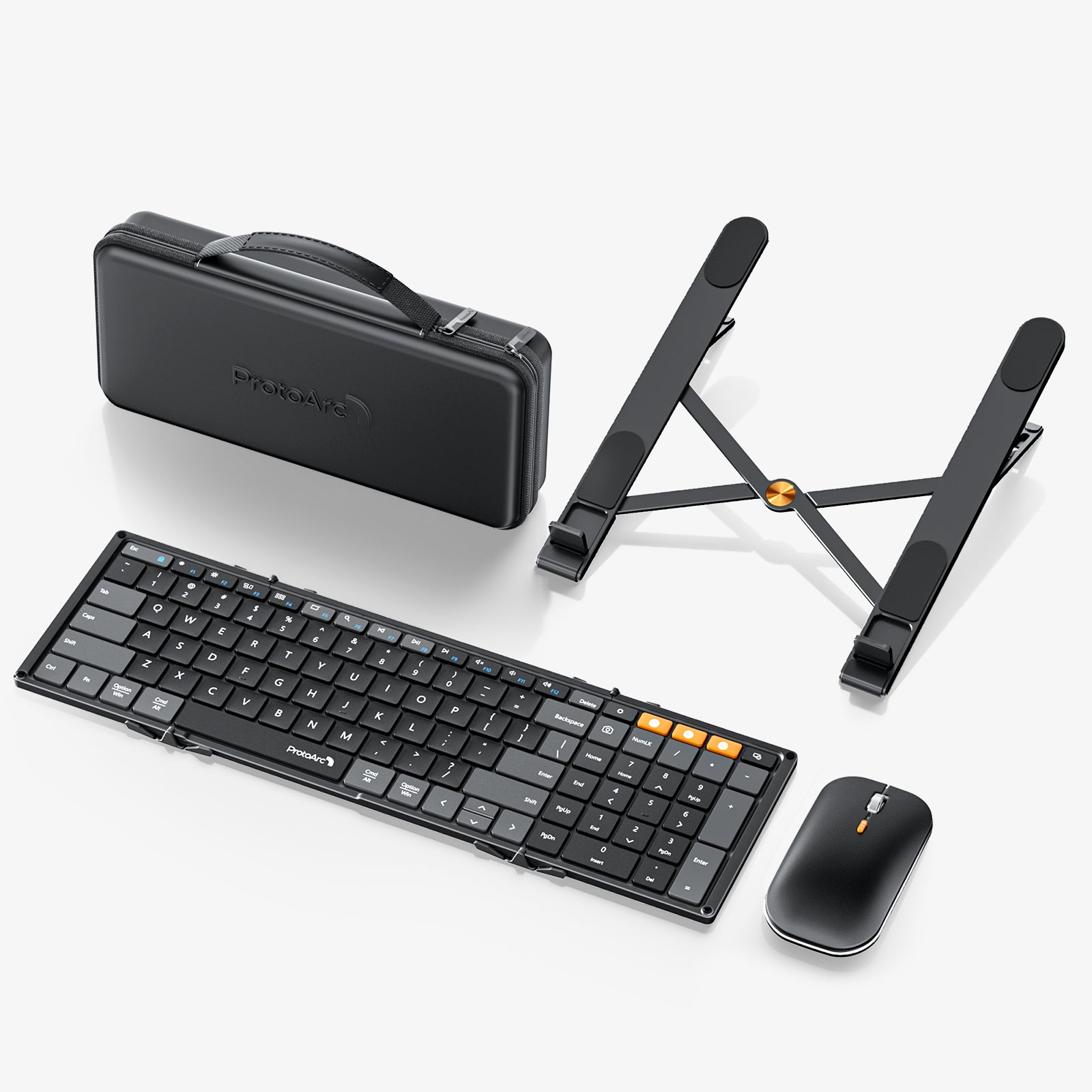Unlock Your Typing Potential: Discover the Magic of Ergonomic Keyboards!
In our fast-paced digital world, where typing has become an essential skill for both work and leisure, the importance of comfort and efficiency cannot be overstated. Enter ergonomic keyboards—designed specifically to reduce strain on the body and enhance the typing experience. These innovative devices are gaining traction among professionals, gamers, and everyday users alike, as they aim to improve posture and prevent repetitive strain injuries. As someone who has spent countless hours at a computer, I've felt the difference an ergonomic keyboard can make. In this article, we will explore the myriad benefits, key features, and different types of ergonomic keyboards, helping you to understand why investing in one could be a game changer for your typing journey.

Benefits of Ergonomic Keyboards
The advantages of using ergonomic keyboards are vast and impactful. One of the primary benefits is the significant reduction in the risk of repetitive strain injuries (RSIs), such as carpal tunnel syndrome, tendonitis, and other musculoskeletal disorders. According to various studies, users who switch to ergonomic keyboards report fewer discomforts and better overall hand health. For instance, my friend, a graphic designer who often faced wrist pain, found considerable relief after switching to an ergonomic model. Beyond pain reduction, these keyboards also promote better posture. Many designs encourage a more neutral wrist position, which can prevent the hunching that often accompanies prolonged typing sessions. This results in not only physical benefits but also mental clarity and improved focus, as discomfort can be a significant distraction. Furthermore, ergonomic keyboards can enhance typing speed and accuracy. Users often experience a smoother typing flow due to improved finger positioning and reduced fatigue. This leads to greater productivity, especially for those who type for extended periods. Overall, the shift to an ergonomic keyboard can transform your typing experience, making it more comfortable and efficient.
Key Features of Ergonomic Keyboards
What sets ergonomic keyboards apart from traditional options are their unique features designed to optimize comfort and efficiency. One of the most notable characteristics is the split design. By separating the keyboard into two sections, users can align their hands and wrists more naturally, reducing the strain often felt with standard keyboard layouts. Adjustable angles are another critical feature; many ergonomic keyboards allow users to find the perfect tilt that suits their typing style, further promoting comfort. Additionally, cushioned wrist rests have become a staple in ergonomic designs. These rests provide essential support, allowing the wrists to remain elevated and reducing direct pressure on the forearms. Key layout variations, such as concave or convex shapes, cater to different user preferences, enhancing the overall typing experience. Some keyboards even include programmable keys and multimedia shortcuts that can streamline workflows and increase productivity. Having tried a few different ergonomic models, I found that the tactile feedback and key spacing also play a crucial role in comfort. The combination of these features makes ergonomic keyboards a worthwhile investment for anyone looking to improve their typing environment.
Types of Ergonomic Keyboards
When it comes to choosing an ergonomic keyboard, understanding the different types available is essential. Traditional split keyboards are perhaps the most recognized, featuring two separate sections that can be adjusted to fit the user's shoulder width. This design is particularly beneficial for those who experience shoulder pain or discomfort. Curved keyboards take this a step further, with a wave-like design that follows the natural contour of the hands and arms, promoting a more relaxed typing position. Compact designs, which often eliminate the number pad, are perfect for those with limited desk space or who prefer a minimalist setup. They maintain the ergonomic benefits while taking up less room. Lastly, mechanical ergonomic keyboards have surged in popularity among gamers and typists alike. These keyboards offer tactile feedback and customizable switches, allowing users to tailor their typing experience. Each type of ergonomic keyboard serves different needs and preferences, so it’s important to consider what works best for your individual typing habits and workspace.
Enhancing Your Typing Experience
As we've explored, ergonomic keyboards offer a range of benefits that can significantly enhance your typing comfort and productivity. From reducing the risk of injuries to improving posture and typing efficiency, these keyboards cater to a variety of user needs. With features like split designs, adjustable angles, and cushioned wrist rests, they provide a tailored experience that traditional keyboards often lack. By considering the different types of ergonomic keyboards available, you can find an option that fits your personal style and workspace. As you reflect on your own typing habits, remember that investing in an ergonomic keyboard can unlock your full typing potential, leading to a healthier and more enjoyable digital experience.








